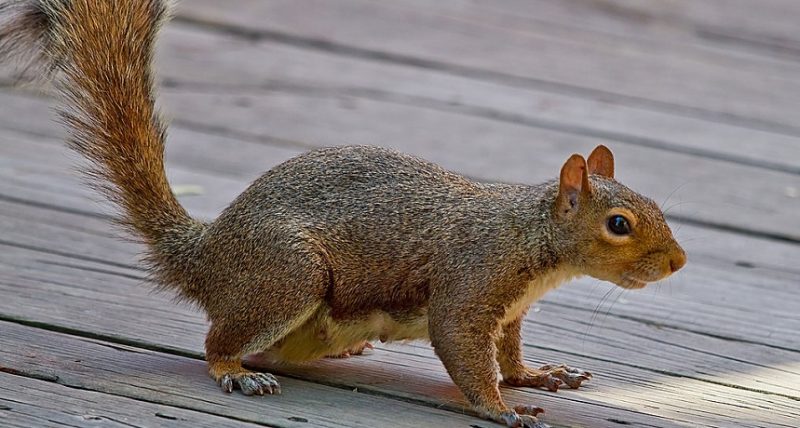class: center, middle, inverse, title-slide .title[ # Lecture 4 ] .subtitle[ ## Terrestrial Locomotion III ] .author[ ### Dr. Christopher Kenaley ] .institute[ ### Boston College ] .date[ ### 2025/1/23 ] --- class: inverse, top # Terrestrial locomotion ``` ## Warning: package 'ggplot2' was built under R version 4.2.3 ``` ``` ## Warning: package 'kableExtra' was built under R version 4.2.3 ``` <!-- Add icon library --> <link rel="stylesheet" href="https://cdnjs.cloudflare.com/ajax/libs/font-awesome/5.14.0/css/all.min.css"> .pull-left[ Today we'll .... - Consider a controversy - Unravel scaling in locomotion - AME assessment and revision proecess ] .pull-right[   ] --- class: top # First, a controversy .center[ <img src="img/pistorius.jpg" width="550" /> ] --- class: top # First, a controversy .center[ <img src="img/musclesprings.jpg" width="500" /> ] .pull-left[  ] .pull-right[ .footnote[Tendons are viscoelastic] <img src="https://www.physio-pedia.com/images/thumb/d/db/Hysteresis_curve_intechopen.jpeg/357px-Hysteresis_curve_intechopen.jpeg" width="225" /> ] --- class: top # Scaling in locomotion .pull-left[ - Stress: `$$\sigma=F/A$$` - Strain is proportional to stress according to the elastic (Young's) modulus (*E*). - With length (size), mass scales cubically while `\(A\)` scales to the square. - *F= M x g*, so forces (GRF in particular), increase with decreased duty factor - Bones are similarly stiff across terrestrial tetrapods - Problems? ] .pull-right[  1= Horse, 12= Flying lemur ] --- class: top # Scaling in locomotion .pull-left[ - Capacity of a bone to support/generate force decreases relative to the increase in mass or weight of the animal. - Under geometric similarity (isometry), shape remains constant so that expected increase in withstanding increasing skeletal stress is given by: $$ \frac{F}{A} \propto \frac{M^{1.0}}{M^{2/3}} \propto M^{1/3}$$ - This is the ability to withstand a fracture! ] .pull-right[ <img src="img/bonestress.png" width="350" /> - `\(\frac{F}{A} \propto M^{0.28}\)`, so some allometry in dimensions - no terrestrial mammals or birds should be able to run/gallop > 20 kg in body mass - would exceed compressive fracture strength of ~240 MPa! ] --- class: top # Scaling in locomotion .center[ ### Scaling in bone dimenstions <img src="img/bonescaling.png" width="450" /> ] --- class: top # Scaling in locomotion .center[ ### Scaling in EMA <img src="img/emascale.png" width="250" /> ] --- class: top # Scaling in locomotion .center[ ### Scaling in EMA <img src="img/emascalinglimbs.png" width="450" /> ] .footnote[ `$$EMA=r/R$$` ] --- class: top # Scaling in locomotion .center[ ### Scaling in EMA <img src="https://vhmsscience.weebly.com/uploads/1/2/7/6/12762866/3006320_orig.jpg" width="450" /> ] .footnote[ `$$EMA=r/R$$` ] --- class: top # Scaling in locomotion .center[ ### Scaling in EMA <img src="https://www.researchgate.net/profile/Taylor_Dick/publication/312307421/figure/fig2/AS:450892588687361@1484512578260/Effect-of-body-size-and-posture-on-limb-EMA-A-Hindlimb-EMA-scaling-for-mammals-data.png" width="650" /> ] .footnote[ `$$EMA=r/R$$` ] --- class: center, middle # Thanks! Slides created via the R package [**xaringan**](https://github.com/yihui/xaringan).